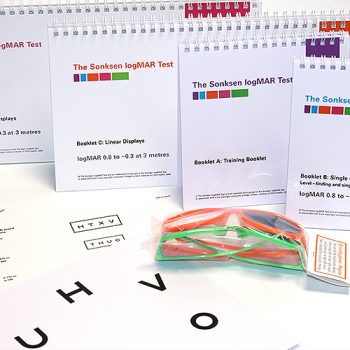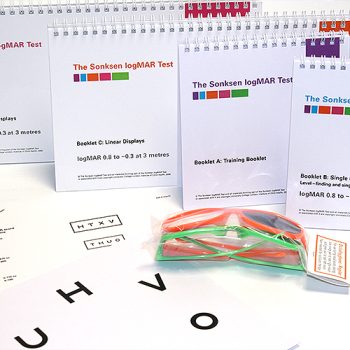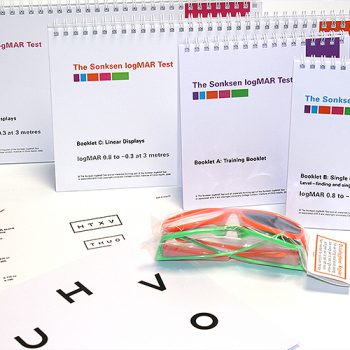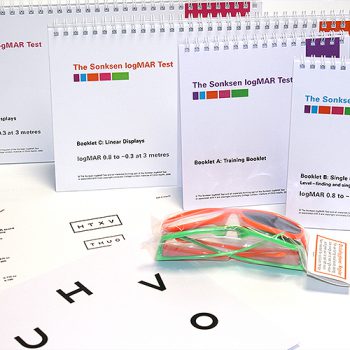Application Area: ..
The gyroscope is used both for demonstration in schools and universities, and for quantitative elaboration of gyroscopic laws in laboratory experiments. The following topics can be experimentally addressed:..
• Moment of inertia of the disk
• Torque
• Angular momentum
• Precession
• Nutation
Product Information: ..This high-quality, precisely crafted gyroscope consists of a gyroscope axis that is mounted on a tripod rod to rotate horizontally and vertically. On one side of the gyroscope axis, there is a double ball-bearing circular disc. On the opposite side of the rotation axis, there are two adjustable counterweights for balancing, with fine adjustment done via a set screw at the end of the axis.
An additional mass is available for generating external torque, which can also be slid onto the axis. The angle of inclination of the axis is displayed on a clearly readable scale. A spirit level allows for the horizontal alignment of the gyroscope. The circular disc can be set into rotation by hand or using a cord, where the double ball bearing ensures an almost friction-free, long rotation duration. The open design of the gyroscope allows for very good observation of gyroscopic phenomena.
Specifications: ..
Scale: – 40° to + 40°
Scale divisions: 1°
Disc dimension: 250 mm Ø
Mass of disc: 1500 g
Mass of counterweight: 1400 g
Mass of additional weight: 50 g
Total weight: 4650 g
Recommendation: ..With the gyroscope accessory kit (see “Recommended Products” on this page), the cancellation of gyroscopic phenomena in two oppositely rotating discs at the same speed can be impressively demonstrated.








